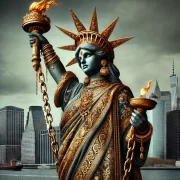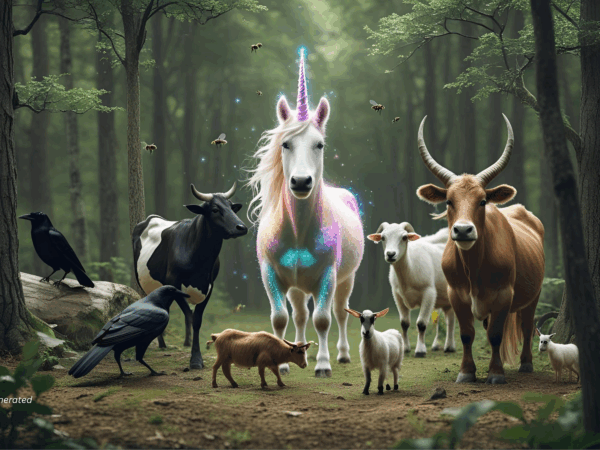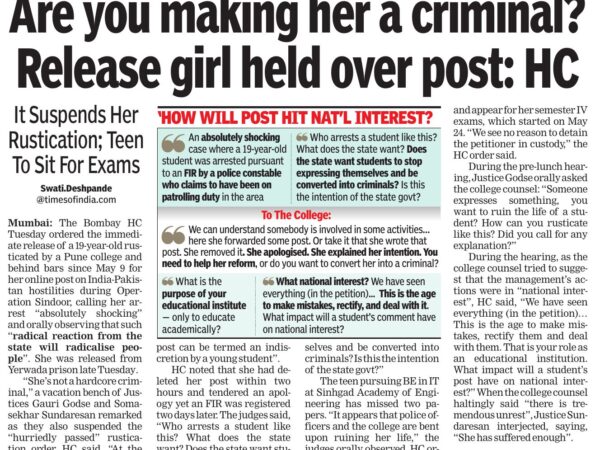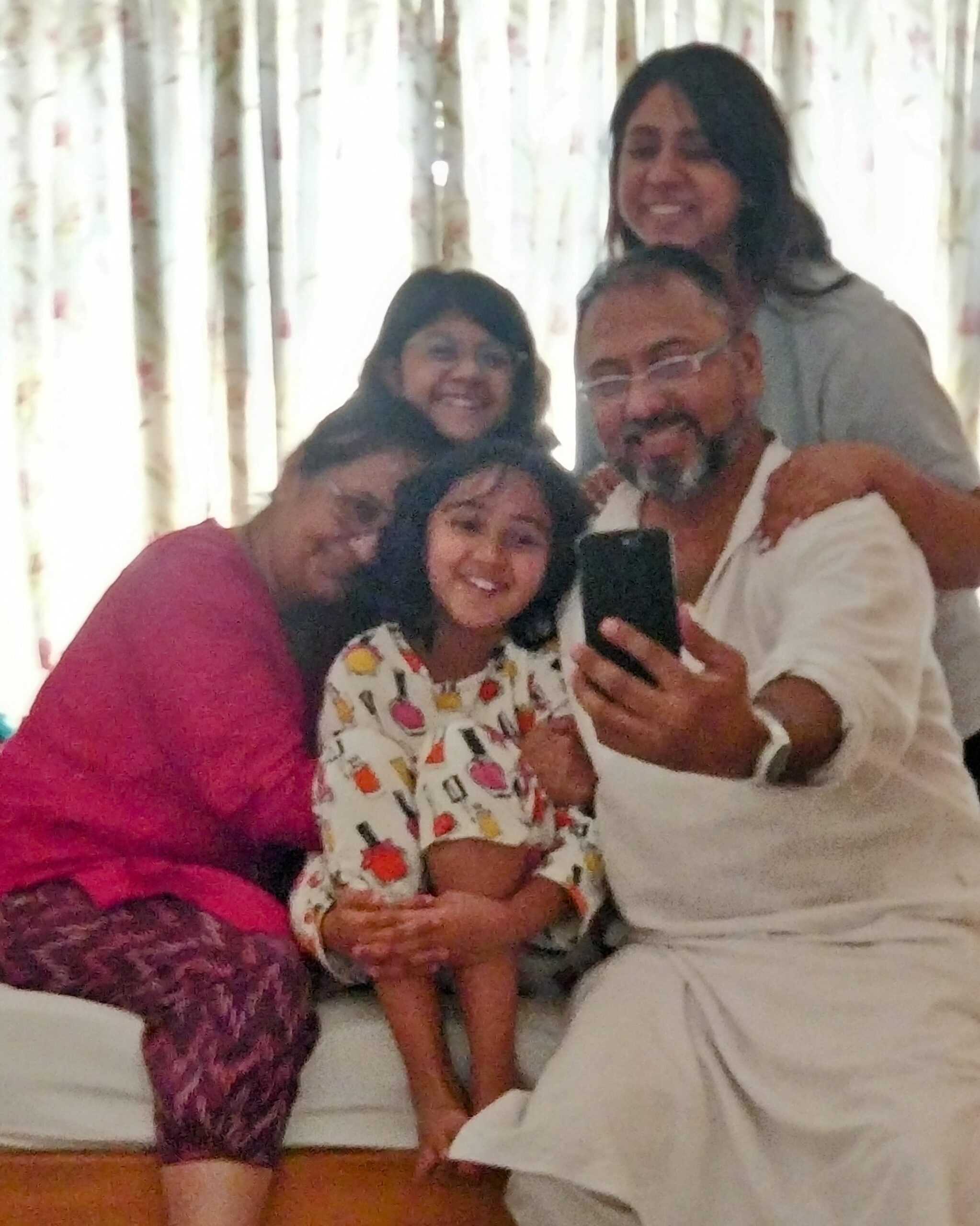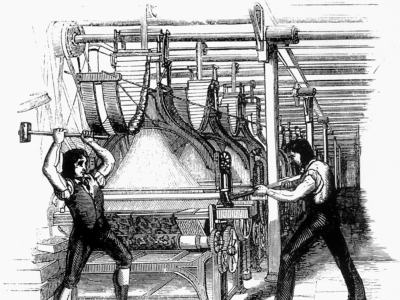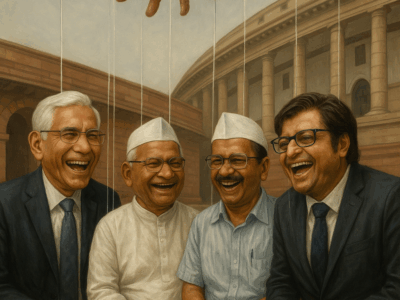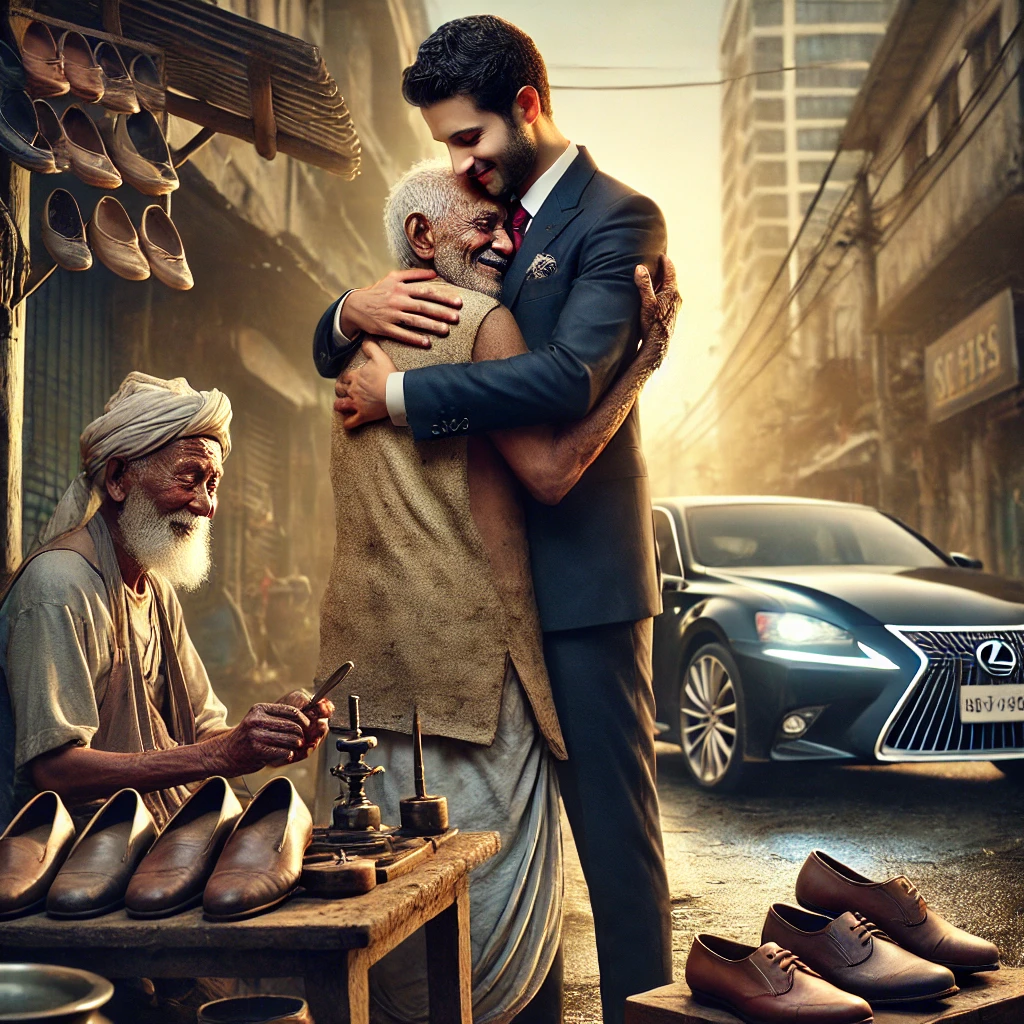
If These Stories Can Be Told, Why Not Dalit Stories?
Advertising is nobler than many give it credit for. It is not mere sleight of hand that sells products. It is part of a cycle where art imitates life, and life imitates art. Yet advertising breaks that cycle. It offers a picture of society that is larger, grander and more aspirational than reality. It shows us a society that believes in generosity, kindness and empathy—even if the truth is much humbler. In the end, advertising must sell. It must present ideals. But what happens when some truths are left out?
We have brilliant campaigns for marginalised communities, queer individuals, women, disabled people, minorities, and even seniors. Bhima Jewellery’s Pure as Love campaign told the moving journey of a transgender woman with flair. Fastrack dared with Come Out of the Closet. Ariel’s Share the Load campaign challenged age-old gender stereotypes. Tanishq’s Mia touched hearts with the para archer, Sheetal Devi’s story. Samsung India’s Good Vibes App campaign brought home the ways to reach out to deafblind. Vicks’ ‘Nandini’, Brooke Bond Red Label’s ‘Neighbours’, and Google ‘Reunion’ captured tender moments of care, challenged prejudice, and created bridges. There are just so many. Bold, witty, and brimming with aspiration, even while pushing the envelope. Indian advertising has been there, done that. Yet Dalit stories remain missing. A rather glaring omission.
Notable exception: Maybe Urban Clap tried. Kind of. Once. But one swallow does not a summer make.
Lack of Dalit Representation in Corporate Decision-Making
Corporate boardrooms and corner offices decide which dreams to sell. Yet very few Dalits hold these positions. Chief Marketing Officers and Brand Custodians, VP Sales and Chairpersons, Finance Controllers and Executive Directors rarely come from Dalit backgrounds. Their absence means Dalit voices are not heard. It is as if the idea of Dalit consumers is too radical to be marketable. Some think Dalits are not aspirational. Some simply don’t agree Dalits need a separate voice. Each of these, a ridiculous notion indeed.
Absence of Dalit Voices in the Creative Industry
On the other hand, even the creative industry is ruled by the privileged. Most creative directors, copywriters, and artists come from familiar circles. They know one perspective only. They struggle to capture the richness of Dalit experiences not just because they lack a brief (given how ads focused on the Dalit identity are never even commissioned—see above), but also the lived exprience to be able to create honest but sensitive messaging. Authenticity suffers. Instead of the vibrant tapestry that is Dalit life, we get bland, token portrayals. If at all. A cycle of ignorance and missed opportunity.
The Historical Trend of Brahminisation and Its Impact
Now for a twist of irony. From my personal experience, it would seem that many upwardly mobile Dalits have hidden their roots until not very long ago. In a bid to fit into dominant narratives, they have sometimes distanced themselves from their heritage in a move equivalent of gentrification in the West. Advertisers, ever cautious, fearing controversy, probably worried that a Dalit identity may disrupt their ‘polished’ image, have thus stayed away from putting the focus on them. How absurd that success should come with a price of erasing history. Not any more, though. Times are changing. Dalits are reclaiming their identity with pride and defiance. Over the past decade, Dalits have become more acutely aware of their identity, and are embracing and owning it with gusto. Not all of it is by choice, though. But it is what it is. Today’s successful and propserous Dalit, who has come up the hard way and has fought every inch of their journey to where they stand, does not flunch away from owning their origins.
Today, the world does not look like it used to. And in many ways, that is for the better. In a way, the time is ripe. I think the time for Dalit advertising is here. We must seize the moment.
What Would Dalit-Centric Advertising Look Like?
Lexus: Imagine a young boy, the son of a cobbler. He studies under the faint light of a street lamp. He becomes a doctor. Then he returns to his village with a brand-new car. For his teary-eyed father. He hands him the keys and then drives around the village, the car logo gleaming in the sun. The same village that once shunned him now stands in awe. A story of triumph. A tale of hope. And it would sell dreams like no other.
Physics Wallah: Picture a young Dalit girl. Denied a seat in the classroom, she turns to online learning. With sheer determination, she excels. Her coaches and trainers egg her on. Soon, she becomes a PhD and is invited by a top research institute to teach, the very same institute where her father served as a laundryman. She gives them a tour of the labs. They sit and drink coffee in the canteen (the very place where her father was asked to get up and make space for someone else because he was an outsider). An inspiring narrative of resilience and progress.
Cadburys: A Dalit student enrols in a coaching programme. Their parents work day and night, eschewing all luxuries, even sweets. Eventually, they crack the SSB examinations. They become Army officers. Their parents pip their ranks on commissioning day. Their uniforms shine with pride. The grandmother reaches into her old, battered purse, takes out a chocolate bar, and feeds it to the mother. Their success shouts that talent transcends caste.
Lenskart: Consider a Dalit doctor returning to his roots. They offer free eye examinations in his village. In one touching moment, they provide a pair of spectacles to an elderly man, the same man who had refused to allow this Dalit child to drink water from the school tap. Suddenly, the world becomes clear, both literally and metaphorically. The old man sheds a tear, and you can see him understand how wrong he was. A moment that symbolises vision in every sense.
There are so many. These just came off the top of my head. And I am one of the most privileged people in India, never having experienced oppression in my life. Imagine what a Dalit Creative Director and a Dalit CMO can do! Magic!
The Way Forward
Brands must take note of the Dalit awakening. Corporate leaders must open their eyes. Dalits form a fifth of Indian’s population. They need to recognise the vast, untapped market. The creative industry must welcome diverse voices. This is not charity. This is not even a matter of social justice (though dog-alone knows it ought to be). It is just smart business. And that’s a language corporations and their advertising enablers understand.
In Conclusion
Dalit stories are not just another marketing gimmick. They are raw, real, and inspiring. Their absence reflects deep structural inequalities. Who will have the courage to tell these stories? Who will break the mould? Advertising sells dreams. Why not sell Dalit dreams too? There’s money that, to use an Americanism, you are leaving on the table. The cycle is ready for a revolution of truth, wit, and daring creativity.
The only question is: Who will be the first?
